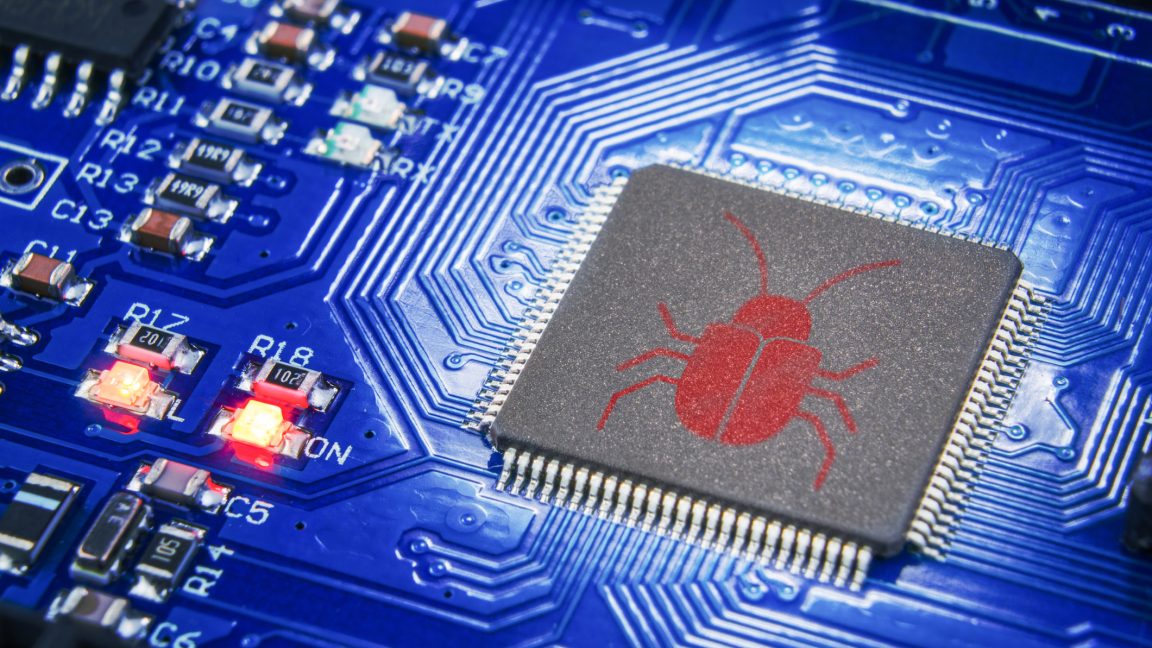winjer
Member

Secure Boot is completely broken on 200+ models from 5 big device makers
Keys were labeled “DO NOT TRUST.” Nearly 500 device models use them anyway.
 arstechnica.com
arstechnica.com
In 2012, an industry-wide coalition of hardware and software makers adopted Secure Boot to protect against a long-looming security threat. The threat was the specter of malware that could infect the BIOS, the firmware that loaded the operating system each time a computer booted up. From there, it could remain immune to detection and removal and could load even before the OS and security apps did.
On Thursday, researchers from security firm Binarly revealed that Secure Boot is completely compromised on more than 200 device models sold by Acer, Dell, Gigabyte, Intel, and Supermicro.
The cause: a cryptographic key underpinning Secure Boot on those models that was compromised in 2022. In a public GitHub repository committed in December of that year, someone working for multiple US-based device manufacturers published what's known as a platform key, the cryptographic key that forms the root-of-trust anchor between the hardware device and the firmware that runs on it. The repository was located at https://github.com/raywu-aaeon/Ryzen2000_4000.git, and it's not clear when it was taken down.
The repository included the private portion of the platform key in encrypted form. The encrypted file, however, was protected by a four-character password, a decision that made it trivial for Binarly, and anyone else with even a passing curiosity, to crack the passcode and retrieve the corresponding plain text. The disclosure of the key went largely unnoticed until January 2023, when Binarly researchers found it while investigating a supply-chain incident. Now that the leak has come to light, security experts say it effectively torpedoes the security assurances offered by Secure Boot.
"It's a big problem," said Martin Smolár, a malware analyst specializing in rootkits who reviewed the Binarly research and spoke to me about it. "It's basically an unlimited Secure Boot bypass for these devices that use this platform key. So until device manufacturers or OEMs provide firmware updates, anyone can basically… execute any malware or untrusted code during system boot. Of course, privileged access is required, but that's not a problem in many cases."
Binarly researchers said their scans of firmware images uncovered 215 devices that use the compromised key, which can be identified by the certificate serial number 55:fb:ef:87:81:23:00:84:47:17:0b:b3:cd:87:3a:f4. A table appearing at the end of this article lists each one.
The researchers soon discovered that the compromise of the key was just the beginning of a much bigger supply-chain breakdown that raises serious doubts about the integrity of Secure Boot on more than 300 additional device models from virtually all major device manufacturers. As is the case with the platform key compromised in the 2022 GitHub leak, an additional 21 platform keys contain the strings "DO NOT SHIP" or "DO NOT TRUST."
To test your UEFI: https://pk.fail/
If your system is vulnerable, go to the site of your manufacturer and check for a new UEFI version.







